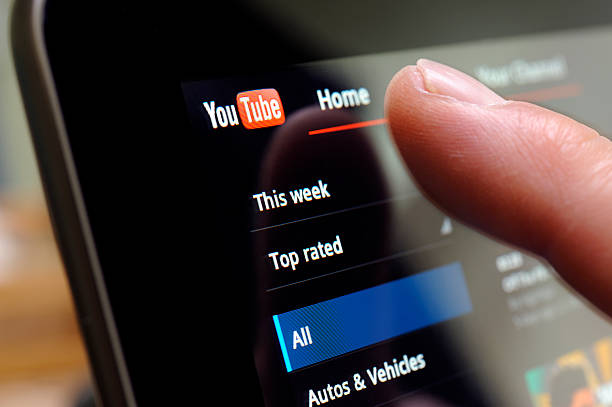YouTube video ad campaigns allow you to leverage sight, sound, and motion to attract your target audience and build your business. Currently, YouTube streams over 4 billion videos daily.
Google AdWords for video uses precision target marketing to get your video ad content in front of your intended viewers. The extraordinary success of the AdWords and YouTube advertising system has made it one of the most persuasive advertising formats ever implemented.
Targeting Options For YouTube
Before launching a video campaign, you must consider your target market. You can only maximize Google AdWords and its precision targeting tools when you know who your customers are. Take some time to define your ideal customer. No business wants to waste ad dollars on people with no interest in what they are promoting, especially those with a limited advertising budget.
Here are a few of the targeting options you will be able to select from. Remember, the more specific you are in defining your target market, the more likely your video ad will get in front of the right people and be successful.
Demographics, Location, and Language
Demographics: This option allows you to target viewers by age, gender, or both
Pros: This is one of the easiest ways to define an ideal customer.
Cons: This option is often too general to be used alone. Pair it with other targeting options like interest category or topic for best results.
Geographic: YouTube is localized in 75 countries. You can select viewers by country, state, or zip code with geographic targeting.
Pros: This option works well for those looking to increase their local sales. A Google study shows that local searches are more likely to lead to store visits and sales within a day.
Cons: This option can significantly limit your reach if you want to increase your overall brand awareness and recognition.
Language: YouTube is currently available in 61 languages. When you pinpoint users by language, potential viewers are selected by their browser’s or YouTube account’s interface language settings.
Pros: You can communicate with your target audience using their native language.
Cons: You could obsess over communicating with your target audience and fracture your precision targeting.
Interests/Needs
Interest Category: Focus on people with past browser viewing behavior that indicates interest in a particular content category.
Topic: Similar to the interest category, topic targeting focuses on the subject matter of the page rather than the demographics or interests of the viewer
3rd Party Audience Data: Viewers whose visits to other shopping websites indicate they’re in the market for particular goods or services, based on third-party data from sources like BlueKai
Keyword: One of the more traditional targeting options for YouTube is using keywords. Select keywords relevant to your video ad content that your intended audience will most likely search.
Pros: These targeting options allow you to connect with viewers whose browsing history and habits show that interests or current needs are relevant to your business.
Cons: With growing concern over the privacy of browsing history, these options may come off as intrusive.
Past Engagement
Remarketing: This option pinpoints viewers who have previously visited your site or YouTube channel or watched one of your YouTube videos
Pros: Because these viewers have already expressed interest in you before, they are more likely to be interested in any new content you have to present.
Cons: This is probably not for you if you want to expand your existing audience. While it is true that loyal viewers may share your video ad, therefore introducing it to others. No one new will engage with it.
Even More Options
It is easier to exclude certain groups and target options than to select all the options that apply to your target audience.
You can also further pinpoint YouTube viewers based on their self-declared user type (i.e., Musician, Comedian, Partner, etc.) or whether they have often or recently uploaded a video to YouTube. If your target audience is more likely to use a particular device (desktop, laptop, mobile phone, or tablet) to stream video, you can use device targeting to pinpoint specific devices.
In the “advanced settings” section, you can also set start and end dates for your video campaign. You can also choose the times of day and what days your video ad runs. You can run ads when your target audience is active and shut your video ads off during inactivity.

